The be quiet! Pure Power 12 M 650W PSU Review: Solid Gold
by E. Fylladitakis on March 11, 2024 8:00 AM EST- Posted in
- Cases/Cooling/PSUs
- PSUs
- 80Plus Gold
- be quiet!
- ATX v3.0
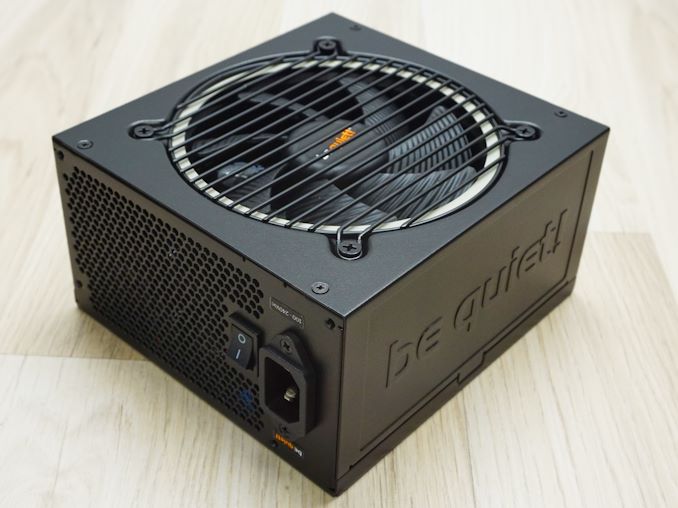
Be quiet! is renowned for its dedication to excellence in the realm of PC components, specializing in products that emphasize silence and performance. The brand's product lineup is extensive, encompassing high-quality power supply units (PSUs), cases, and cooling solutions, including air and liquid coolers. Be quiet! is particularly renowned for trying to achieve whisper-quiet operation across all its products, making it a favorite among PC enthusiasts who prioritize a noiseless computing environment. The brand's portfolio reflects a dedication to meeting the diverse needs of tech aficionados and professionals, with an array of products that emphasize noise reduction and efficiency.
This review shines a spotlight on the Be quiet! Pure Power 12 M 650W PSU, a standout product in Be quiet!'s PSU collection that illustrates the company's attitude towards product design. The Pure Power 12 M series is designed to provide dependable performance and quiet operation, catering to users who demand a good balance of power efficiency and acoustics with reliability and value. This model, in particular, strives to offer a compelling blend of performance and quality, making it an attractive option for individuals seeking a PSU that aligns with the requirements of both entry-level and advanced PC builds.
| Be quiet! Pure Power 12 M 650W Power specifications ( Rated @ 40 °C ) |
||||||
| RAIL | +3.3V | +5V | +12V1 | +12V2 | +5Vsb | -12V |
| MAX OUTPUT | 20A | 20A | 32A | 28A | 3A | 0.3A |
| 120W | 650W | 15W | 3.6W | |||
| TOTAL | 650W | |||||
| 80PLUS RATING | Gold | |||||
| AC INPUT | 100 - 240 VAC, 50 - 60 Hz | |||||
| MSRP | $99 | |||||
Packaging and Bundle
The Pure Power 12 M 650W PSU arrived in an elegantly designed package, boasting a predominantly black color theme accentuated by an image of the PSU itself on the front. This sturdy cardboard packaging is enhanced with a nylon bag and foam inserts, offering exceptional protection for the unit during transit. Specifications and detailed insights into the PSU's performance are conveniently printed on the back of the box.
In line with Be quiet!'s streamlined approach, the package includes only the essentials for the PSU's setup and use. Unboxing reveals a selection of mounting screws and an AC power cable. Distinguishing itself with a fully modular configuration, the Pure Power 12 M 650W allows for the detachment of every DC power cable, including the 24-pin ATX connector.
The cables are uniformly black, from the connectors to the wires, and primarily adopt a flat, ribbon-style design for ease of cable management, with the notable exceptions being the sleeved 24-pin ATX and the 12VHPWR cables, the latter specifically engineered to handle up to 450 Watts. Oddly enough, there are two CPU 12V connectors but one is limited to a 4P connector only.
| Be quiet! Pure Power 12 M 650W | ||
| Connector type | Hardwired | Modular |
| ATX 24 Pin | - | 1 |
| EPS 8 Pin | - | 1 |
| P4 4 Pin | - | 1 |
| PCI-E 5.0 | - | 1 |
| PCI-E 8 Pin | - | 2 |
| SATA | - | 5 |
| Molex | - | 2 |
| Floppy | - | - |
The Be Quiet! Pure Power 12 M 650W PSU
External Appearance
The Be quiet! Pure Power 12 M 650W PSU is encased in a chassis that measures 86 mm × 150 mm × 160 mm (H × W × D), extending just slightly beyond the ATX standard specifications. This design ensures the PSU fits seamlessly into a broad array of modern PC cases, especially those tailored for high-performance components. Nonetheless, even though its dimensions are typical of high-performance products, it could be significantly shorter considering its cooling fan and power output.
Be quiet! has placed considerable emphasis on the external design of the Pure Power 12 M 650W, an odd choice for a product primarily aiming to compete in terms of value. The unit features a slightly textured black finish, with the company's logo subtly embossed on the right side of the chassis for a touch of elegance. The fan finger guard is a sleek, stand-alone parallel wire design. An informational sticker detailing the PSU's certifications and specifications is neatly placed on the left side, while the top remains unadorned.
At the rear, a standard on/off switch is located adjacent to the AC power receptacle, with a small decorative sticker next to them. The modular cable connectors occupy most of the unit’s front side, each marked with a clear white legend for easy identification. Notably, the Pure Power 12 M 650W includes a 12VHPWR connector, showcasing its compliance with the ATX 3.0 specification, making it one of the very few units that are ATX 3.0 compliant with such a low power output.
Internal Design
The Be quiet! Pure Power 12 M 650W PSU is equipped with a cooling fan of their own design and an unknown OEM to us, featuring an all-black design and a rifle bearing engine for durability and efficiency. The PSU's design allows for the inclusion of a larger fan, yet a 120 mm model has been selected to fit within the unit. This fan operates with a maximum speed of 1800 RPM, a fair maximum speed for an 120 mm fan placed in charge of cooling a 650W unit.
The Pure Power 12 M 650W PSU is manufactured by HEC/Compucase, an OEM known for producing power supply units across various segments of the market. While HEC/Compucase may not be as widely recognized among the top-tier PSU suppliers, it is one of the oldest and most experienced companies in the field of PC power supplies, with their reputation for quality and reliability standing firm within the industry.
The design of the Pure Power 12 M 650W employs established, reliable topologies, reflecting a focus on delivering value and dependability. The PSU's filtering stage, located at the entry point of the AC receptacle, includes three Y capacitors, two X capacitors, and two large filtering inductors, followed by a rectifying bridge attached to its dedicated heatsink. The Active Power Factor Correction (APFC) components are placed on a significant heatsink across the edge of the PCB, featuring two APFC MOSFETs (Infineon 6R190P6) and one diode, alongside an encased filtering inductor and two Teapo capacitors (430 μF each).
For the primary stage, the PSU employs a half-bridge LLC topology placed on a large dedicated heatsink, a highly typical configuration in modern mid-range PSUs. On the secondary side, four Onsemi 5C430N transistors on a vertical daughterboard are responsible for generating the 12V line, while the 3.3V and 5V lines are produced through DC-to-DC conversion circuits on another daughterboard. This modular approach to circuit design aids in maintaining a clean layout.
The secondary side capacitors, a combination of Teapo and Nippon Chemi-Con, offer a balance between cost-efficiency and reliability. This component selection reflects a strategic approach to maintaining high-quality standards while also considering production costs.


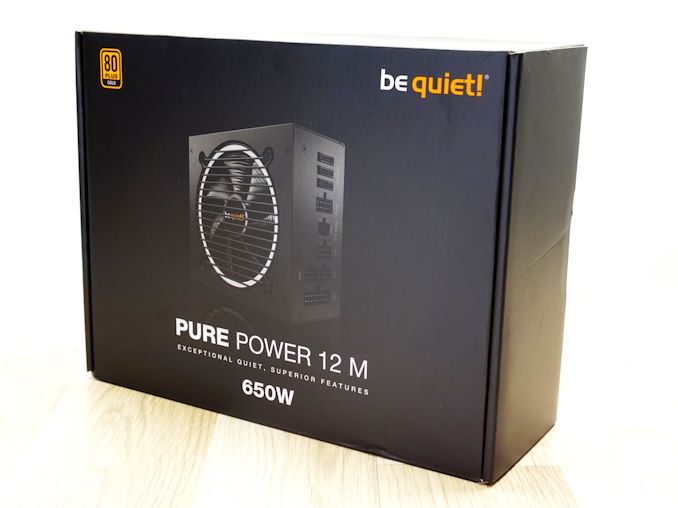
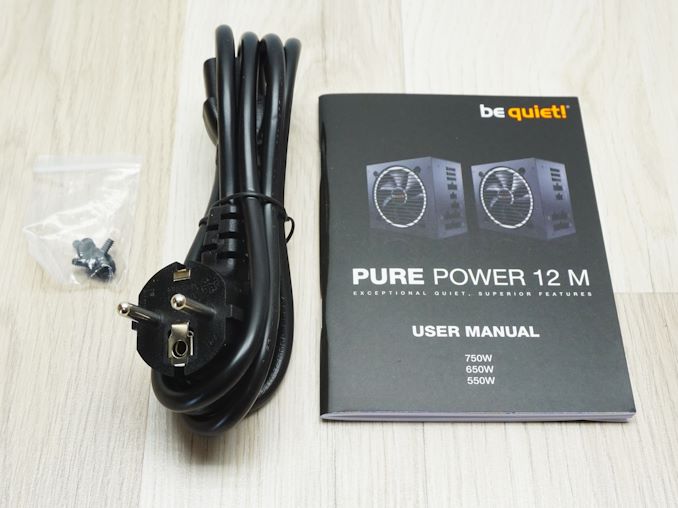
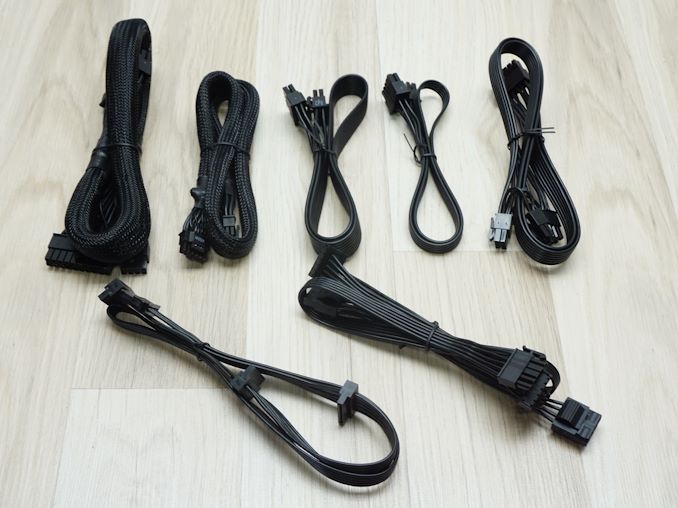
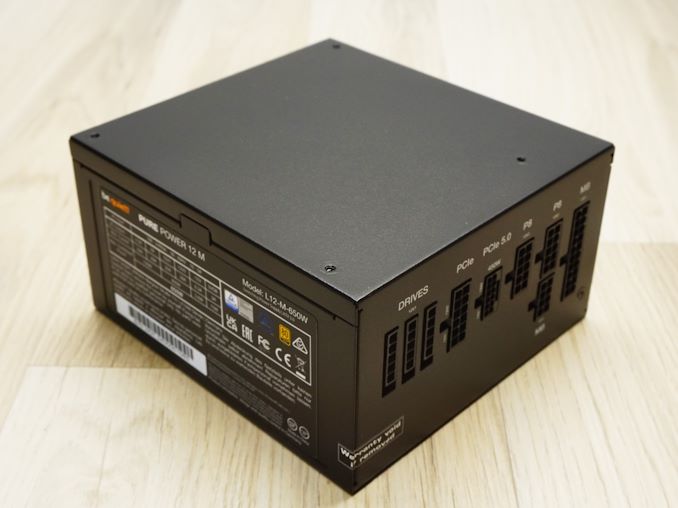
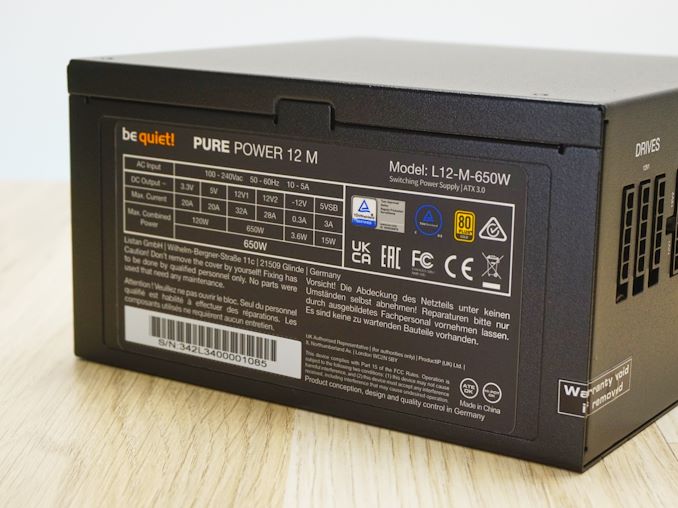

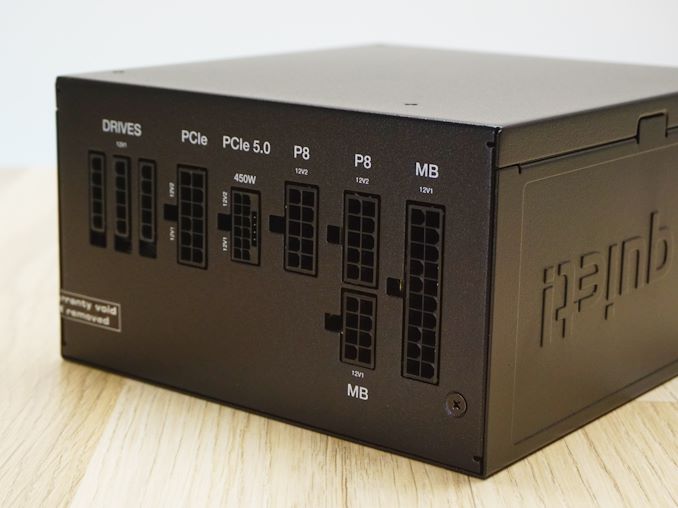
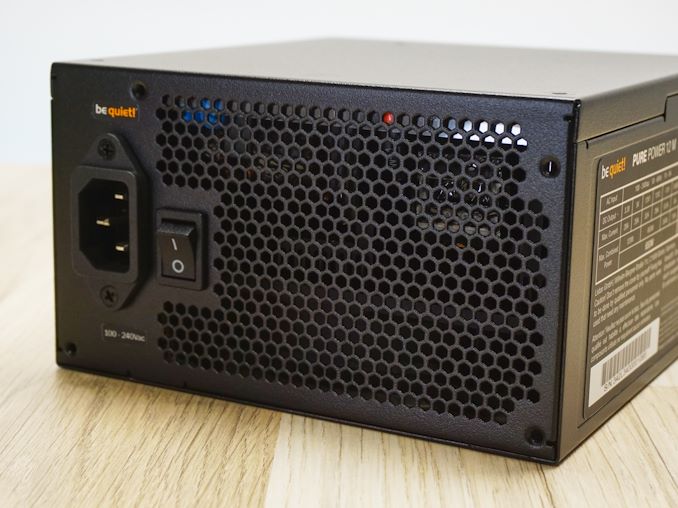
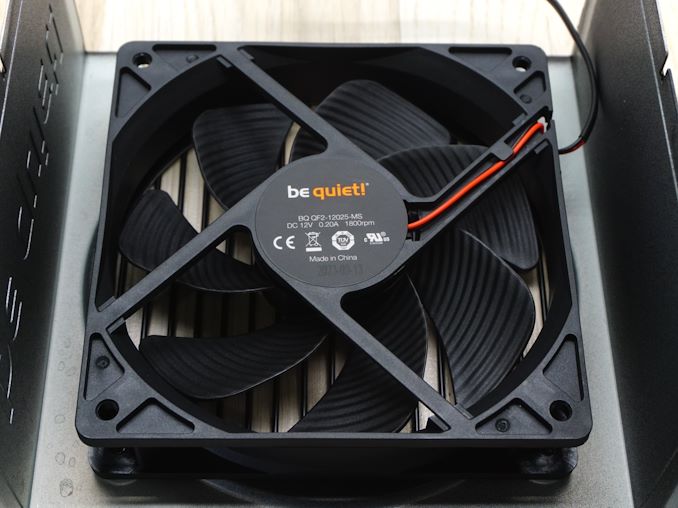
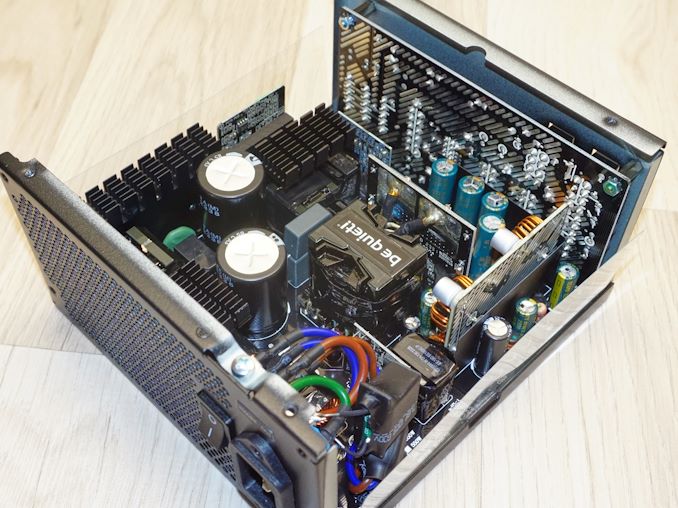
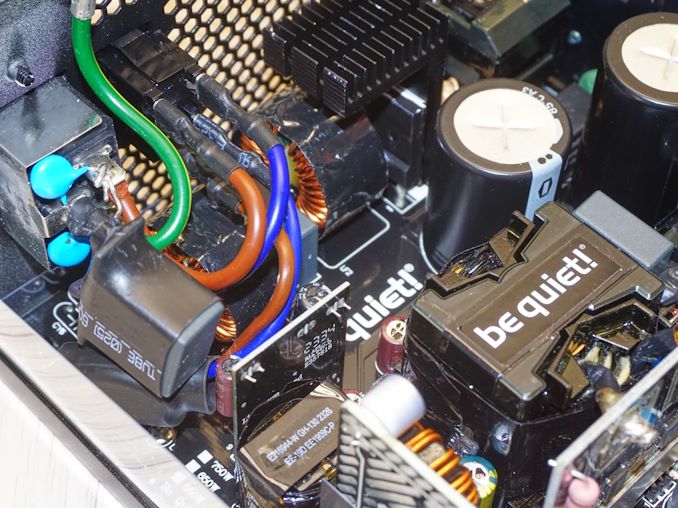


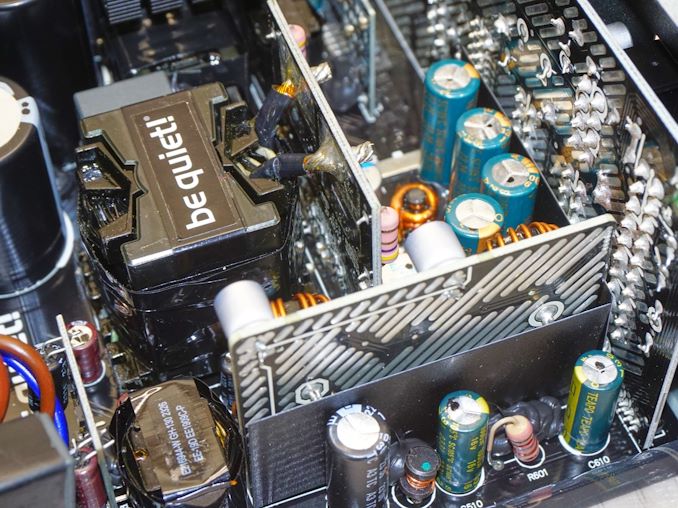








12 Comments
View All Comments
DBissett - Sunday, March 17, 2024 - link
Maybe it doesn't require $100, but I want all the safety I can get in the PSU. I've always bought Corsair but once I had a PSU blowup, like POP, smoke, and everything in the box got fried. I did get my data saved by having a tech guy swap the platter in the HDD to another unit. Anyway, at 10% of the cost of systems I usually build I don't think it's too much for top quality. Replyjrbales@outlook.com - Monday, April 15, 2024 - link
Thirty years ago I took a PC building class. In regards to PSUs, the instructor drilled this into my head: You get what you pay for, and the PSU is the one component you don't want to be purchasing based on getting the cheapest price possible. He stressed the PSU as the most important components in that it affects the stability and longevity of your system and software. Since that time, I've stuck to three brands that I trust based on their reputation and consistency in producing great models: Seasonic, Corsair, and Be Quiet! (your list will vary), and I've only used Seasonic the last 15 years or so. But even then you should still read some reviews before pulling out the credit card so that you're fully informed of the strengths and weaknesses of various models. And I've managed to find online sales that have helped save a few bucks. A quality PSU will last longer than a cheap one with poor design and components that can take your system down (or even set it on fire in the worst case). Reply